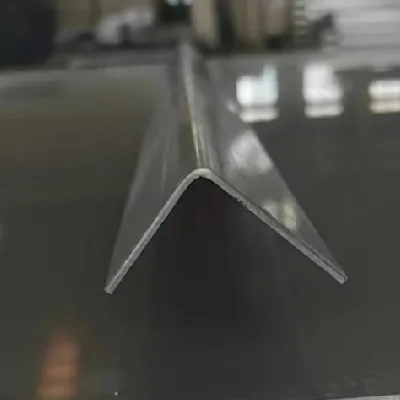loading...
- No. 9, Xingyuan South Street, Dongwaihuan Road, Zaoqiang County, Hengshui, Hebei, China
- admin@zjcomposites.com
- +86 15097380338
- Welcome to visit our website!
Design and Applications of GRP Sectional Water Storage Tanks
Understanding GRP Sectional Water Tanks Key Benefits and Applications
In modern water management systems, efficiency and adaptability are crucial, especially in regions where water scarcity is a growing concern. One of the most effective solutions that have emerged over the years is the use of Glass Reinforced Plastic (GRP) sectional water tanks. These tanks are not only versatile but also offer a robust solution for storing and distributing water in various applications.
What is a GRP Sectional Water Tank?
GRP, or Glass Reinforced Plastic, is a composite material known for its strength, corrosion resistance, and lightweight properties. A GRP sectional water tank is a modular tank that is constructed from prefabricated sections made of GRP. This feature allows the tank to be easily transported and assembled on-site, making it an ideal solution for various settings, from residential buildings to industrial facilities.
Key Benefits
1. Durability and Longevity One of the most significant advantages of GRP sectional water tanks is their durability. Made from high-grade materials, these tanks are resistant to corrosion, UV rays, and chemicals, making them suitable for harsh environments. Unlike traditional steel or concrete tanks, GRP tanks do not rust or degrade easily, which translates to lower maintenance costs and a longer lifespan.
2. Ease of Installation The modular design of GRP tanks allows for quick and straightforward installation. The sections can be easily transported to the site and assembled in a short time, minimizing downtime and labor costs. This feature is especially beneficial for projects with tight deadlines or in remote areas where traditional construction methods may be impractical.
3. Customizable Design GRP sectional water tanks can be customized to meet specific requirements regarding size, shape, and capacity. This flexibility allows engineers and designers to create water storage solutions that fit the unique needs of a project, whether it's a small residential system or a large industrial setup.
4. Lightweight Nature The lightweight properties of GRP make handling and installation much easier compared to traditional materials. This characteristic also reduces the structural load on buildings or supports used to hold the tank, potentially leading to cost savings in the overall construction process.
grp sectional water tank

5. Environmental Considerations With increasing awareness of environmental sustainability, GRP tanks present a more eco-friendly option. They are designed to have minimal impact on the environment, and their longevity reduces the frequency of replacements, contributing to less waste.
Applications
GRP sectional water tanks are versatile and can be utilized in various applications, including
- Municipal Water Supply Many municipalities utilize GRP tanks for water storage to ensure a reliable supply for their residents, especially in areas prone to droughts or water shortages. - Industrial Use Factories and industrial plants often require large volumes of water for processes. GRP tanks can be tailored to meet specific storage needs and requirements in these settings.
- Agriculture In agricultural settings, water storage is crucial for irrigation and livestock. GRP tanks provide a dependable solution for farmers to manage their water resources effectively.
- Fire Protection Systems GRP water tanks are increasingly used in fire protection systems to provide ample water supply in case of emergencies.
Conclusion
In conclusion, GRP sectional water tanks represent a significant advancement in water storage technology. Their durability, ease of installation, customization options, lightweight nature, and eco-friendliness make them an optimal choice for various applications. As the demand for efficient water management solutions grows, the adoption of GRP sectional water tanks is expected to rise, paving the way for innovative practices in water conservation and management. With their proven benefits, these tanks are poised to play a pivotal role in the future of water storage solutions, ensuring that we meet the challenges of sustainable water management head-on.
-
The Rise of FRP Profiles: Strong, Lightweight, and Built to LastNewsJul.14,2025
-
SMC Panel Tanks: A Modern Water Storage Solution for All EnvironmentsNewsJul.14,2025
-
GRP Grating: A Modern Solution for Safe and Durable Access SystemsNewsJul.14,2025
-
Galvanized Steel Water Tanks: Durable, Reliable, and Ready for UseNewsJul.14,2025
-
FRP Mini Mesh Grating: The Safer, Smarter Flooring SolutionNewsJul.14,2025
-
Exploring FRP Vessels: Durable Solutions for Modern Fluid HandlingNewsJul.14,2025
-
GRP Structures: The Future of Lightweight, High-Performance EngineeringNewsJun.20,2025
